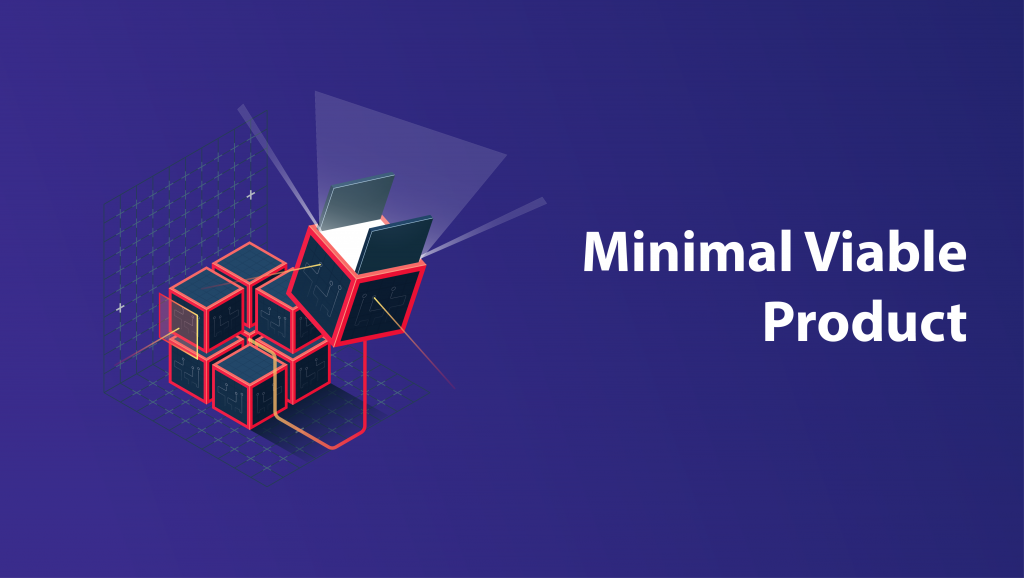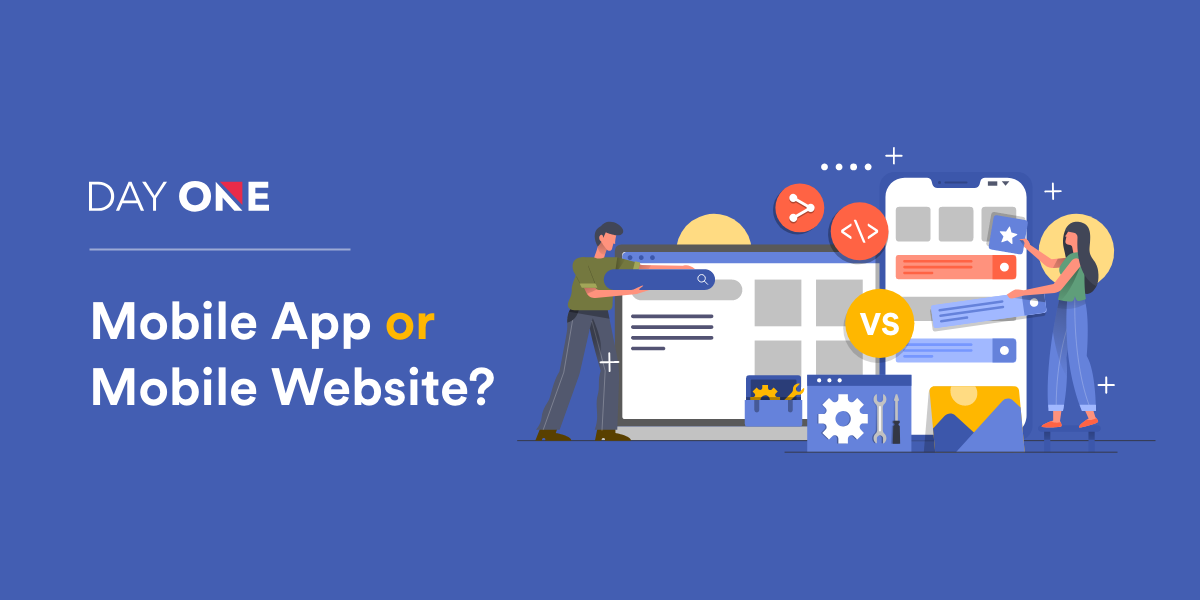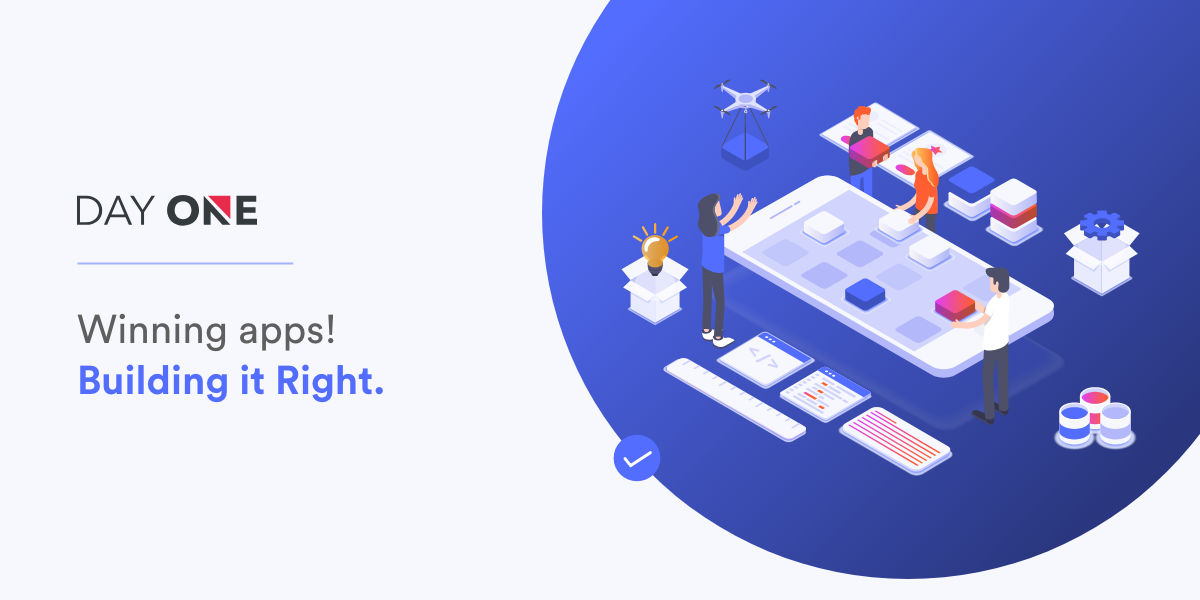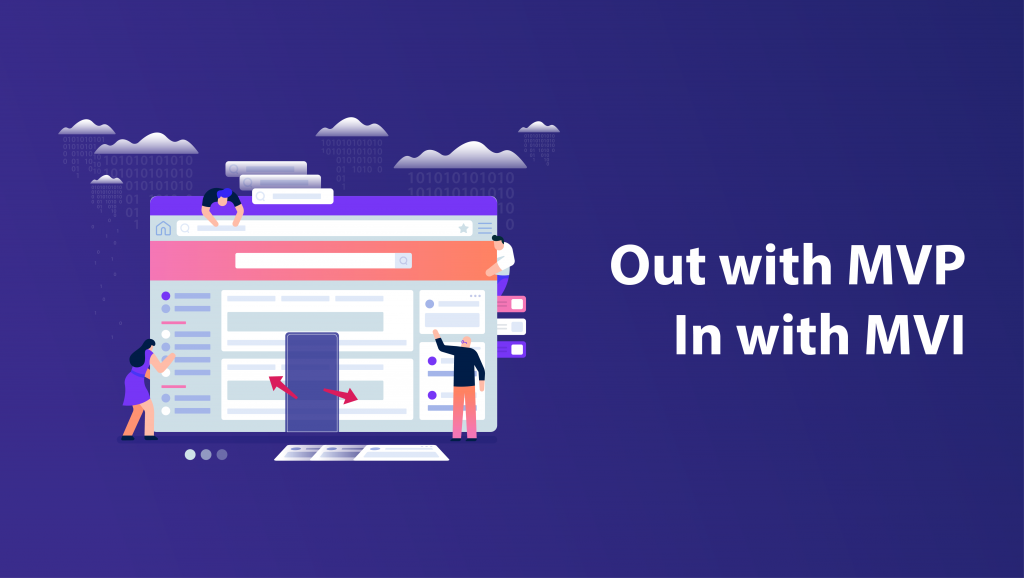Building a AI app Minimum Viable Product the Smart Way
admin
App Development
June 1, 2021
5 min read

2020 has called for a new approach to digital transition for businesses worldwide. It is a necessity and immediate need to shift from legacy systems to digital platforms. And that in turn has led to the unprecedented demand for AI mobile application development services to cater to the growing mobile-first generation. And that naturally means that businesses might just be running short on budget or time or even resources to build the full version of an iOS or Android app. That’s where the MVP comes into the picture. Let’s take a quick look at how to plan and build a minimum viable product or MVP for mobile apps and how your business gains with the smart move.
What is a MVP?
First things first, what is meant by a MVP? A minimum viable product (MVP) is a product development technique whereby a basic or ‘minimal’ version of the full-product is built, that comes with sufficient relevant features to be launched among and tested by early adopters for feedback, recommendations, usage behavior (real-time) and insights. The complete product ideally incorporates necessary feature improvement suggestions, removes bugs etc. so as to make it more acceptable among its targeted end users. A MVP in its most basic sense is a prelude/teaser before unlocking the product’s real potential.
As the most pared-down version of a product that can still be released, some of the key characteristics of a MVP include:
- Enough value (as a product) so that users are interested to install and use it
- Future benefit, so that product upgrade will draw in more users
- Real-time insights and feedback from users, so that the goal of improvement can be achieved
This technique helps AI app developers make the final product much better. With the help of the MVP concept, the research or marketing teams come to know where the product is lacking and or what are its USPs and what gives it a competitive edge.
A step wise guide to the MVP process: Planning and Developing an app MVP
1. Identify the problem/s the product is trying to solve
An idea however novel when converted into a product i.e. a mobile application must be able to solve a current or future market problem, for which there is either no or little existing alternative.
2. Define the user journey
Identify the users, their goals, and actions that need to be taken to complete the goal. For instance, for the meditation app SOS Method a goal could be to find the right program by category (eg. stress, sleep, productivity) and the relevant action would be to search for it in the catalogue (goto search bar/menu, select from dropdown, check options, select and play).
3. Identify features and functionality that add value and make the product unique
Start small. Consider each feature a portion of the larger pie (the MVP). Conduct intensive market research, user study and competitor analysis to identify relevant features and functionalities. Make a list of all the features that product will have, and follow it up with filtering the core and add-on features. It is important to keep in mind here that though the goal of the MVP is for the product to stand out, it is only a glimpse of the whole. The best MVP app examples usually include the core features and a couple of value-added features that make room for the most impactful feedback from its initial users.
4. Identify a vendor to build the MVP app
If you are not independently building your product, then finding the right mobile app developer will be the single most important task at hand. True, today the market is bursting with quality app developers, but what’s also required is to think of the long-term goals and future trends. For instance, considering the rapid shift to AI based applications, it’s a smarter decision to select a vendor for AI and Machine Learning services. Also, it is advisable to seek recommendations from colleagues or business associates, research business directories and aggregator platforms (eg. GoodFirms, Clutch etc.), and even request for references of projects completed before finalizing a partner.
5. Design and Development
This step is fairly easier considering you now have an expert onboard. This step is a combination of the art and science of good designing, communication, vision alignment and full stack technology. From identifying whether to build a native or cross platform app to deciding on the page UX/UI layout, this step in its own way plays a pivotal role as a deal breaker. If the final user experience is poor, the effort put into building the MVP is somewhat calling for revision. A sure way to win this stage is to keep iterating, while constantly solving bigger, related problems en route to solving the grand problem.
6. Testing and validating the MVP
The final stage of building the prototype is to test the product within the team for bugs, suggestions for improvement, integrations etc. The key here is to have a thorough understanding of what features to add to the MVP and how the tech supports it, learn and adopt. In many instances, the MVP is the product one takes to investors and even if you follow the best tips to raise funds for businesses and startups, it’s a poor alternative to a quality product.
Now that the MVP is build, it’s time to launch it
If you have been following the process of building a minimum viable product, then you know already that it involves a pinch of tried and tested rules and experimentation. But building the product is only the beginning; its success depends more on how the product is launched among its users.
1. Limited Launch of a MVP
A limited MVP product launch primarily implies introducing the product to a selective audience group. For instance, if the actual market for a specific product is all of North America, a limited launch can involve releasing the app for users in New York City only. While this limits the number and nature of user feedback, the advantage is that it also reduces risks of product failure and remedy.
Similarly, launching the product to a closed group of friends and family only (mainly through invitation) can also be considered as a limited launch strategy. This not only keeps the marketing and product launch costs in check, but also brings in more authentic feedback as the participants know that they are among the selected few.
2. All-in-all Launch of a MVP
A full-scale launch of an MVP on the other hand is a strategy that involves releasing the ready product to its target audience at a go. This naturally involves additional marketing expenses and should ideally be calculated during estimating the cost of building a MVP.
While it is not always recommended to go for a full-scale launch, the strategy is more dependent on the scale of the business and infrastructure support it has. Through a mix of non-digital, paid ads, email and social media strategies to increase app installs, there is no one all-size-fits all when it comes to the ideal product launch.
Benefits of building a MVP for your business
It goes without saying that building a MVP first has its own advantages. The most successful apps today, whether Uber, Airbnb, Dropbox or even Facebook began with a MVP. Their founders were smart enough to realize that their idea was grand and evolutionary, and for the best results it needs to grow in a planned and strategic manner.
And while there are many, here are our advantages of minimal viable product for your app:
- It directs focus on the USPs and core functionalities of the product
- It creates room for testing the app concept
- It supports a quick and cost-effective market release as the product is ‘minimal’ and still evolving
- It introduces the product more seamlessly to its target audience for feedback
- For businesses looking for investments/funding options, it provides a ready product for investor attention
Final Thoughts
As the founder of an early-stage company or product, you have a clear vision of the Grand Problem and you know that building a MVP for a startup is no easy task. From testing the proof of concept to identifying the right tech stack to build the product, to creating a seamless user experience, there are factors to consider and strategize in the journey to building a MVP.
At DayOne Technologies, as an iOS and Android mobile app developer we use a variety of methodologies to build web products, mobile apps, and your other digital needs, and can help you in building a product MVP that will elevate your product idea from concept to reality. Still have a question? Let’s connect and discuss it!
Explore More Blogs
Testimonials What customers have to talk about us
Finch (previously Trio) – Growth with Investing, with benefits of Checking
Reading Time: < 1 minThe Finch (previously Trio), one of our clients today has reached this level with our expertise and with a great team of developers in Day One, who have made every stone unturned in making this project a big success.
Neel Ganu Founder
USA
Vere360 – VR based Immersive Learning
Reading Time: < 1 minDay One helped Vere360 “fill skill gaps” and build a platform that would cater to their niche and diverse audience while seamlessly integrate the best of #AI and #VR technology.
Ms. Adila Sayyed Co-Founder
Singapore
1TAM – Video Blogging Reimagined
Reading Time: < 1 min‘1TAM’ was only for iOS with gesture-based controls, advanced video compression techniques, and a simple architecture that allowed actions to be completed in 2-3 taps. The real challenge for ‘1TAM’ was to keep it distinct which bought brilliant results with all the strategies and approaches implied for best video compression techniques.
Anwar Nusseibeh Founder
UAE
Fit For Work – The Science of Workplace Ergonomics
Reading Time: < 1 minDay One Technologies came with the expertise that was required and helped in building a platform that is edgy, functional, and smart, delivering engagement and conversions at every step.
Ms. Georgina Hannigan Founder
Singapore
SOS Method Meditation for ‘Busy Minds’
Reading Time: < 1 minDay One Technologies helped in building an innovative mobile app (for #iOS and #Android) that’s easy-to-use, engaging, and data-driven to help users reap the most at every point.






